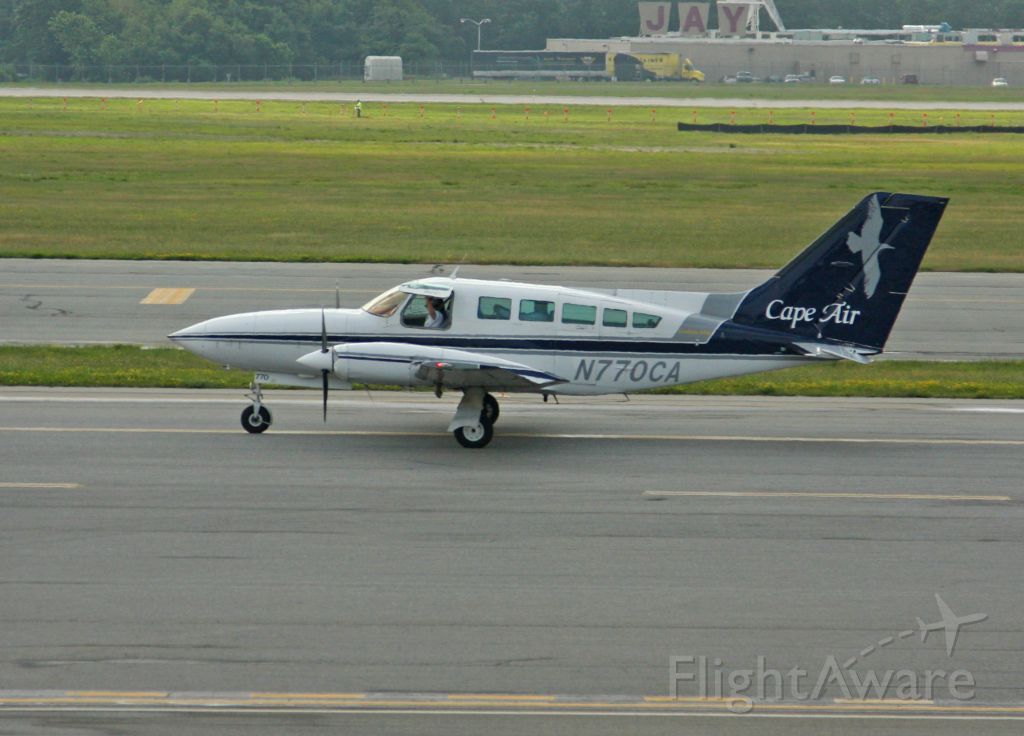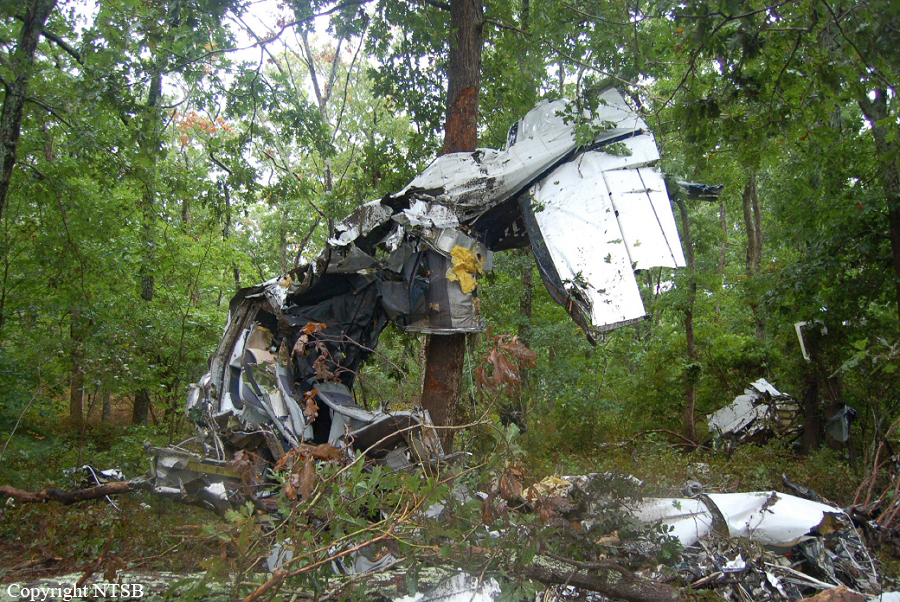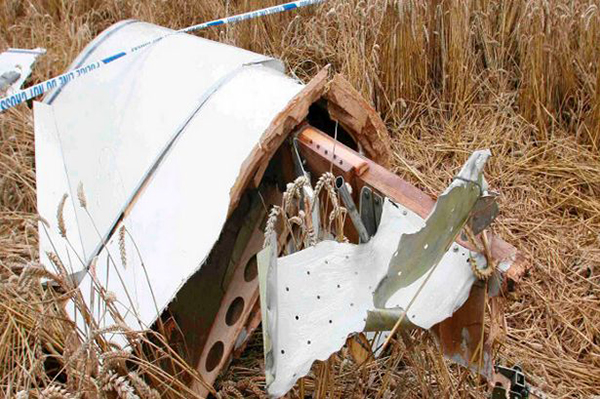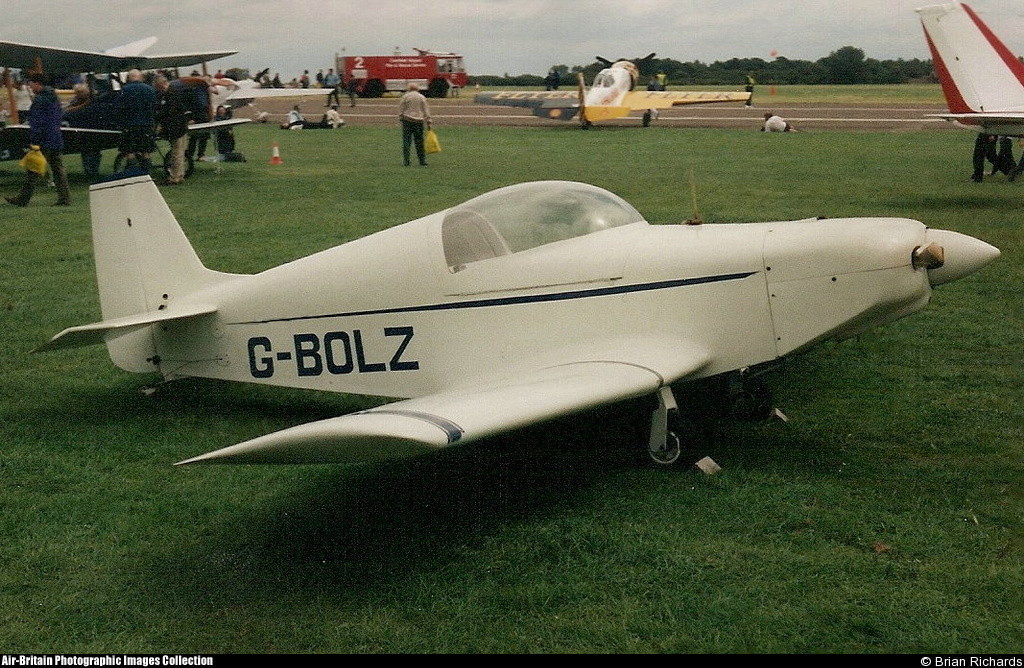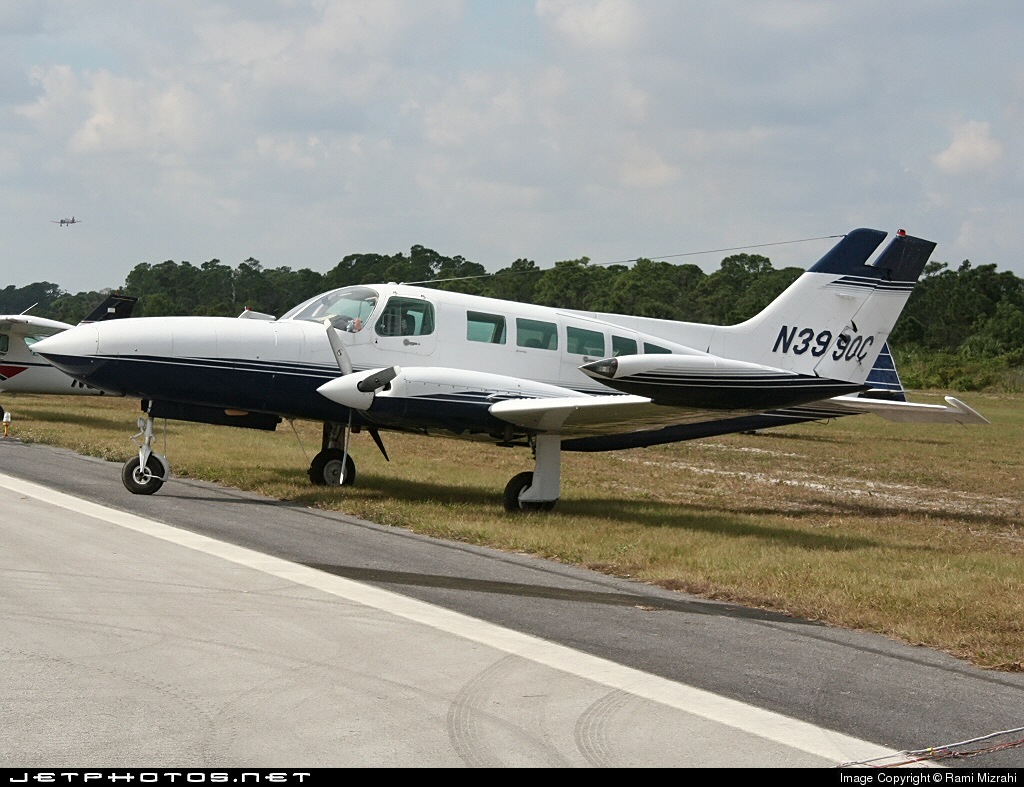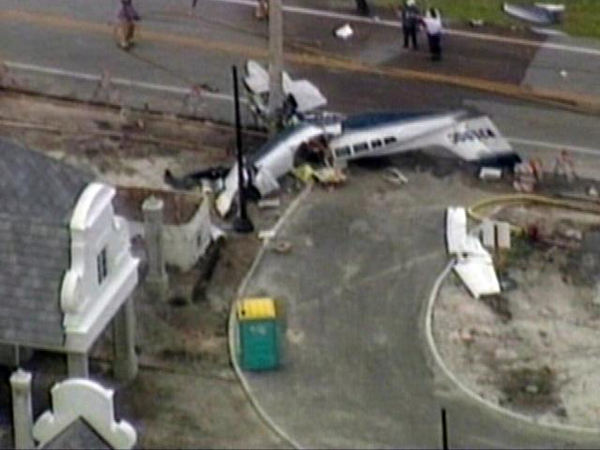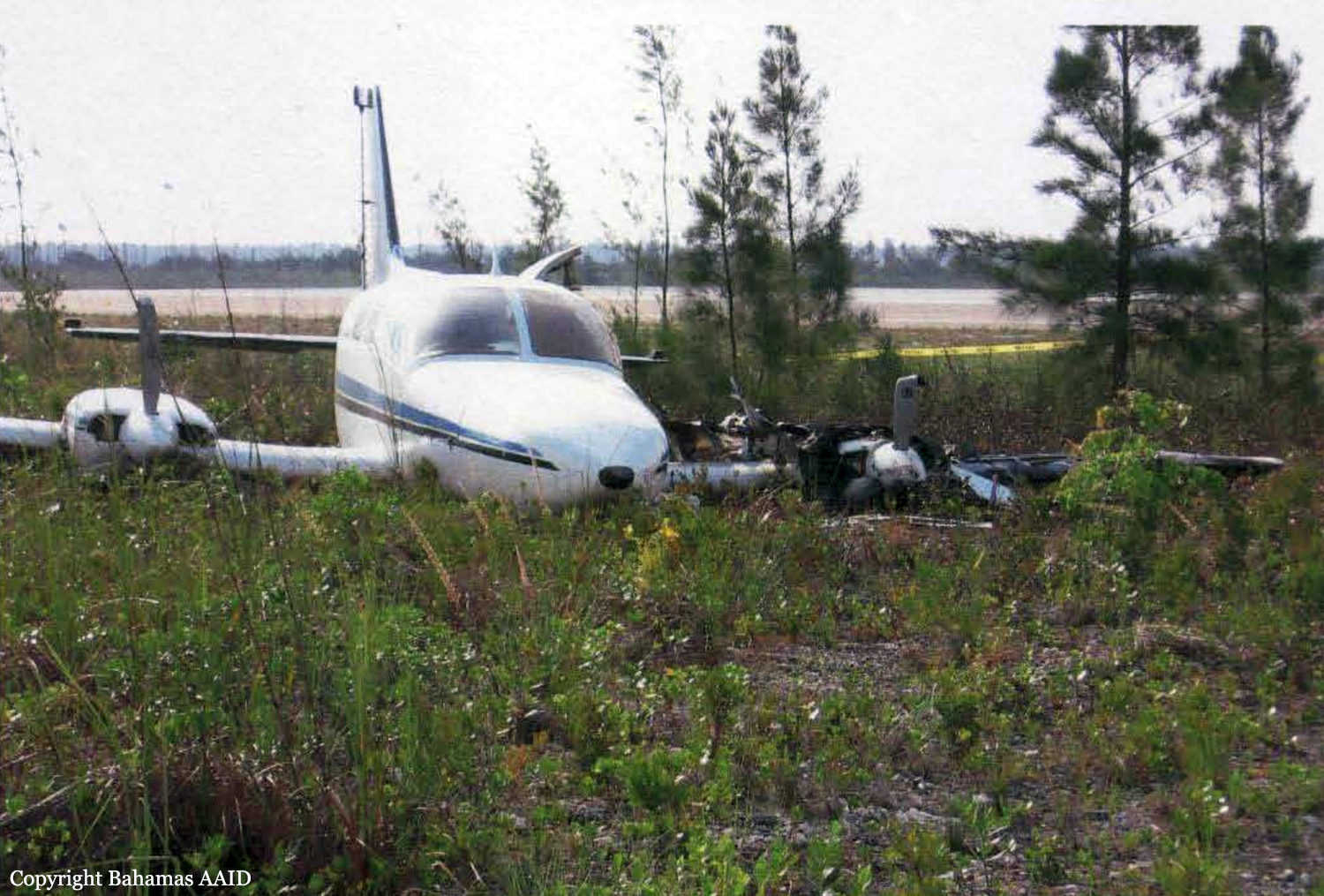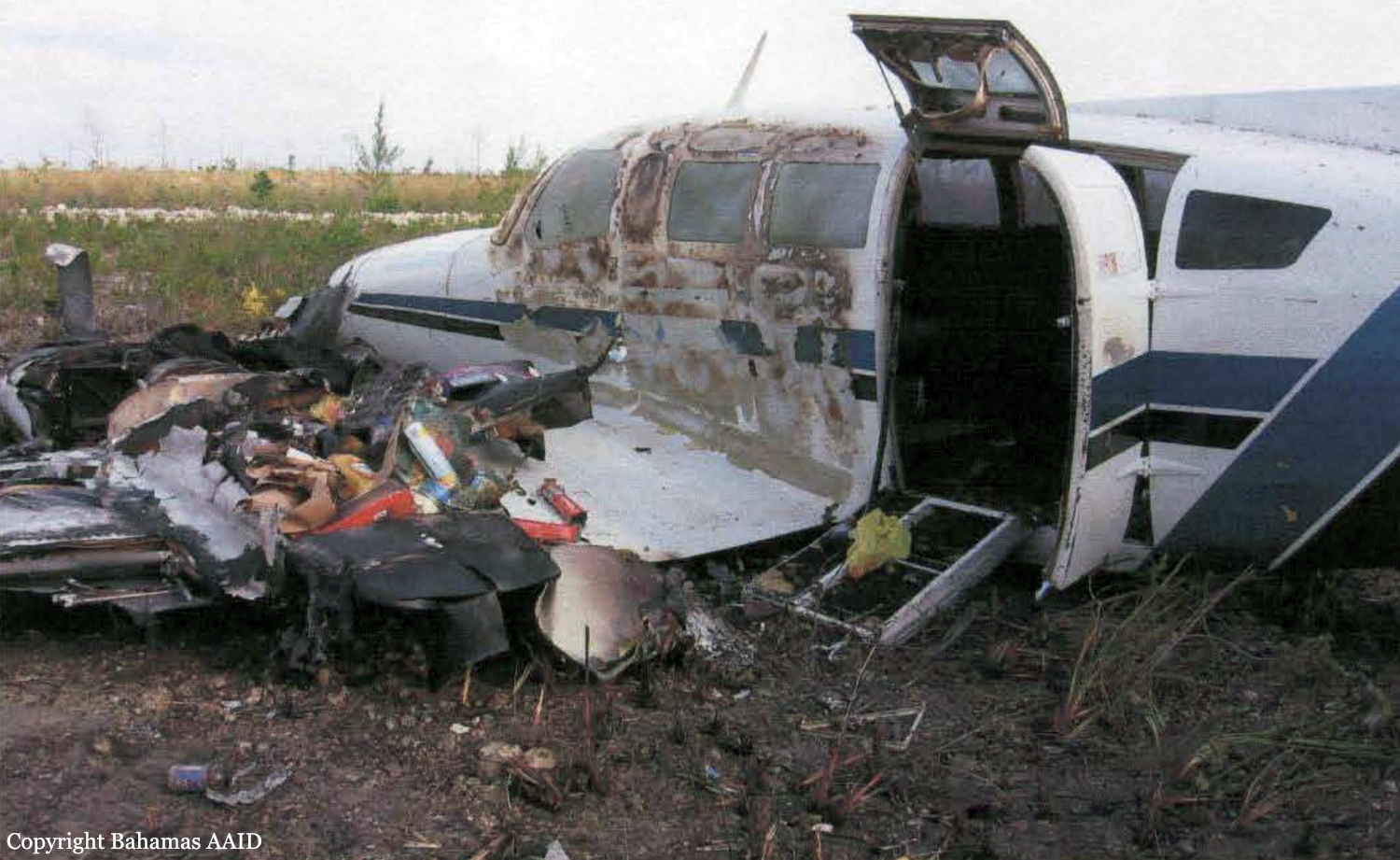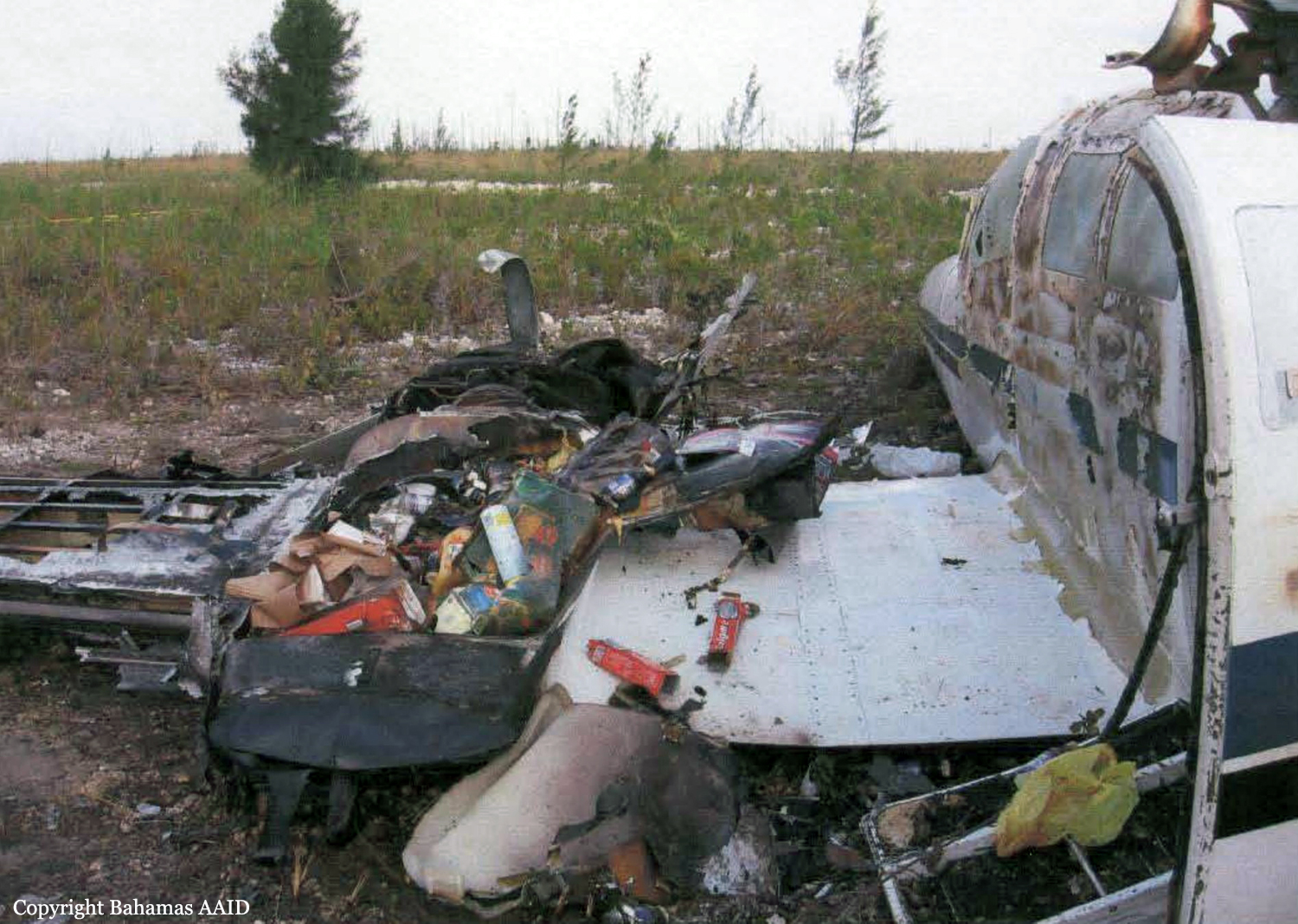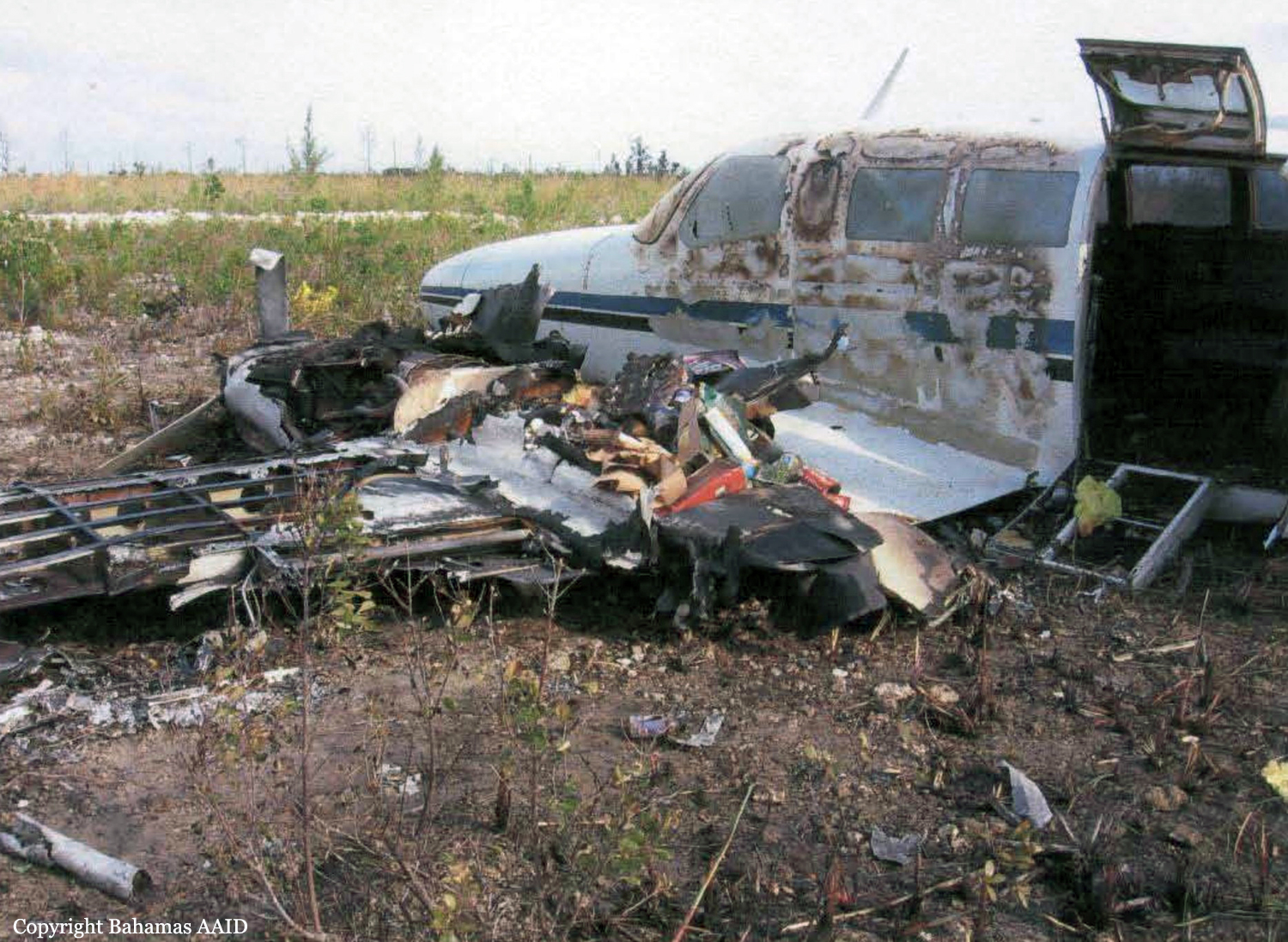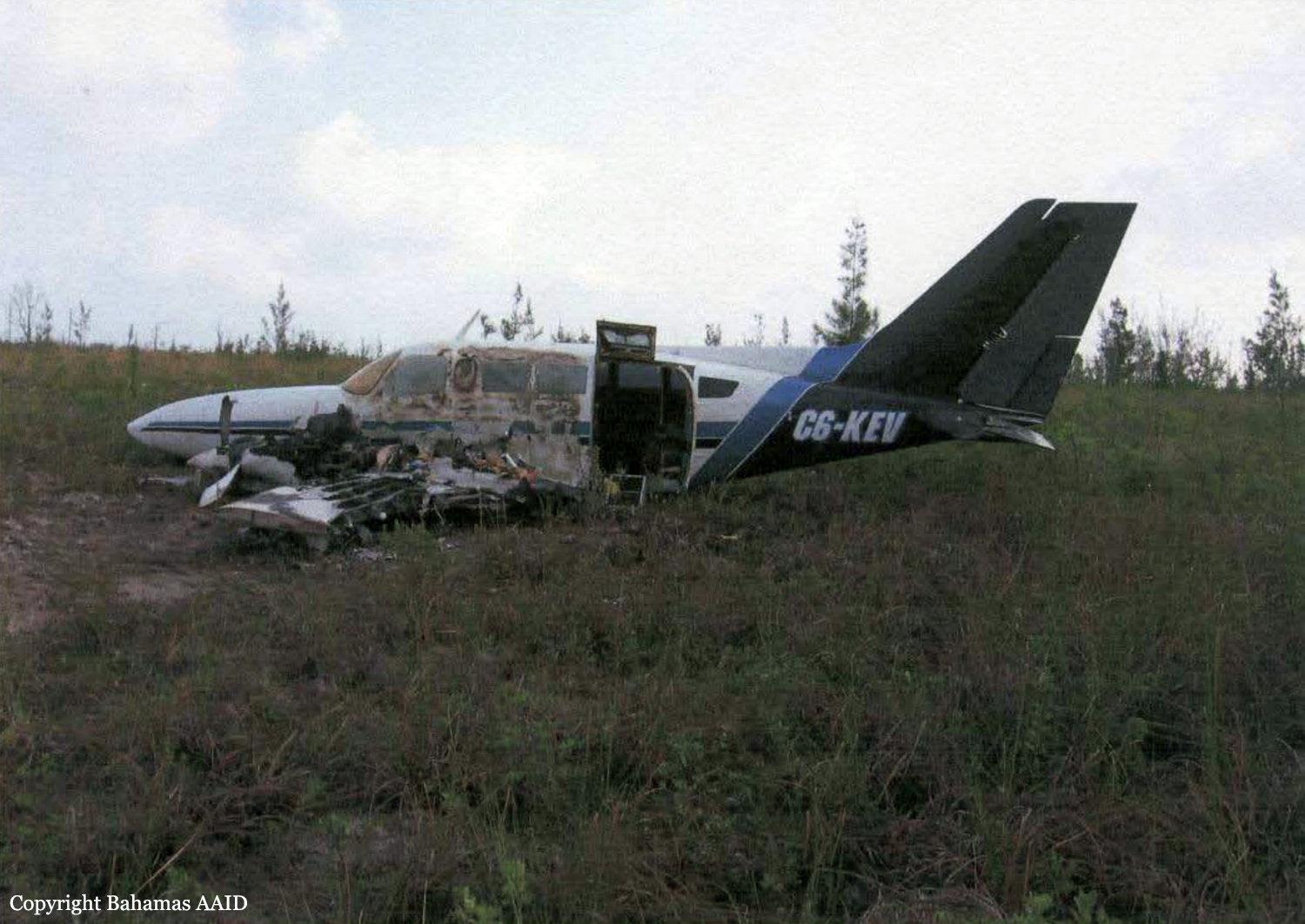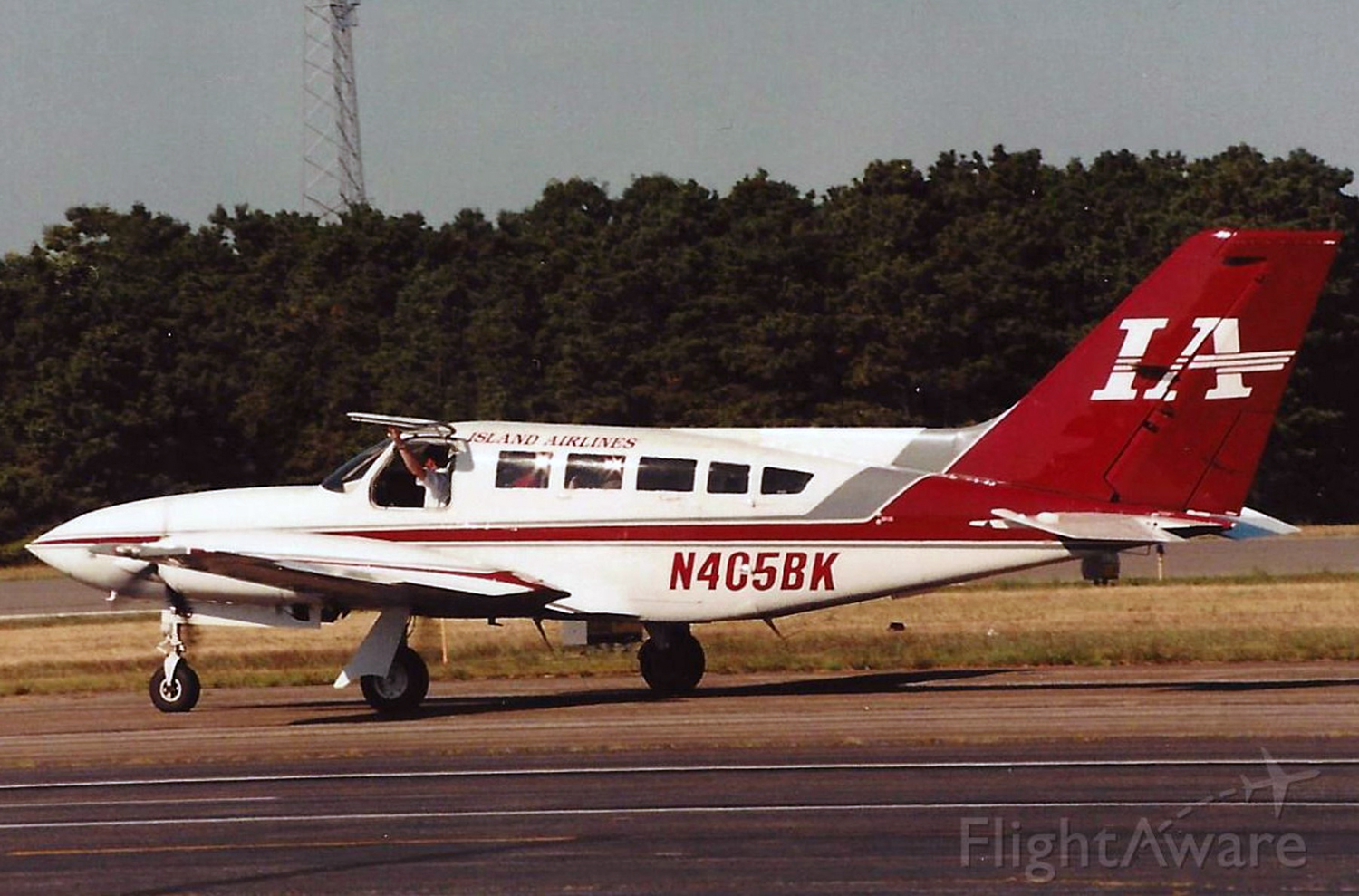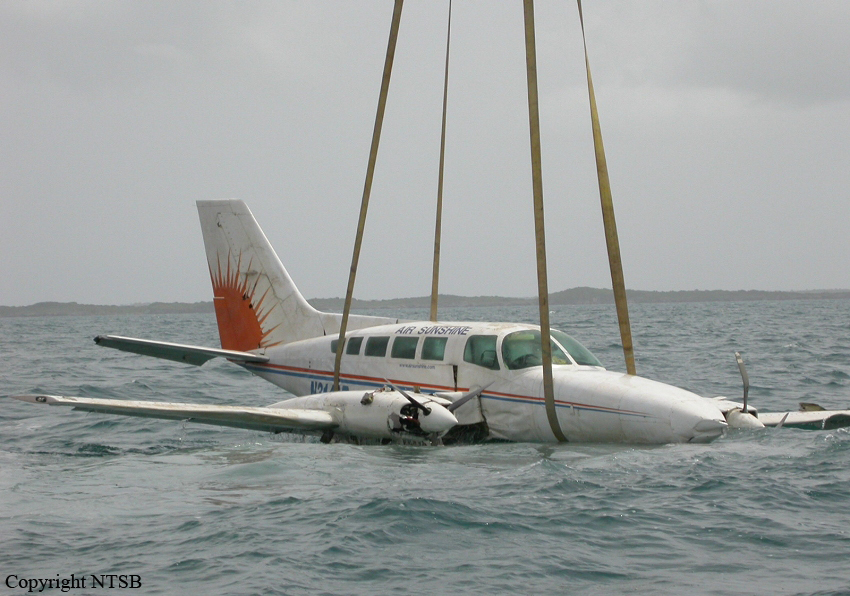Crash of a Cessna 402C in Vineyard Haven: 1 killed
Date & Time:
Sep 26, 2008 at 2003 LT
Registration:
N770CA
Survivors:
No
Schedule:
Vineyard Haven - Boston
MSN:
402C-0432
YOM:
1981
Flight number:
9K1055
Crew on board:
1
Crew fatalities:
Pax on board:
0
Pax fatalities:
Other fatalities:
Total fatalities:
1
Captain / Total hours on type:
2330.00
Aircraft flight hours:
26809
Circumstances:
The pilot of the multi engine airplane, operated by a regional airline, was conducting a positioning flight in night instrument meteorological conditions. After takeoff, the airplane made a slight left turn before making a right turn that continued until radar contact was lost. The airplane reached a maximum altitude of 700 feet before impacting terrain about 3 miles northwest of the departure airport. Post accident examination of the wreckage did not reveal any preimpact failures. The weather reported at the airport, about the time of the accident, included a visibility of 5 statute miles in light rain and mist and an overcast ceiling at 400 feet. Analysis of the radar and weather data indicated that, with the flight accelerating and turning just after having entered clouds, the pilot likely experienced spatial disorientation.
Probable cause:
A loss of aircraft control due to spatial disorientation.
Final Report:
